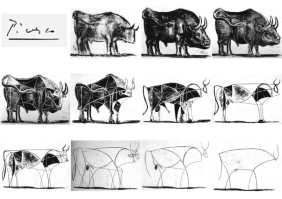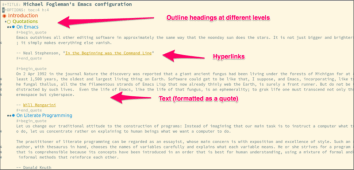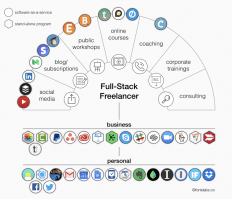
Progressive Summarization IV: Compressing All Types of Media
Reading through the previous three parts a question probably popped into your mind does this apply only to text
It s an important one because we are becoming a less text based society Ubiquitous cameras real time video chats and visual displays of information have become the norm Which means expressions of creativity






